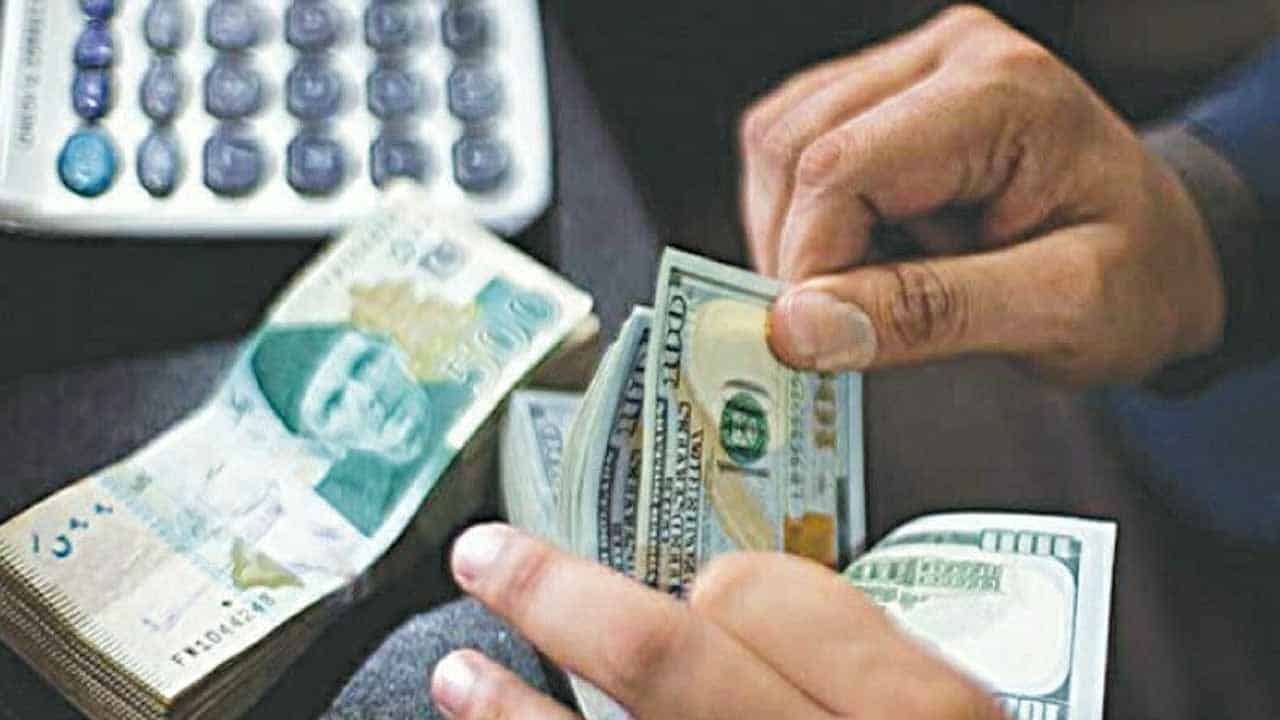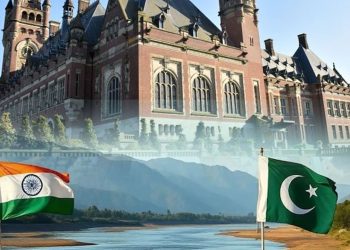According to the State Bank of Pakistan, the rupee lost value once further on Friday, reaching a record low of Rs276.58 per dollar in the interbank market. As compared to yesterday’s close of Rs271.36, this is a devaluation of Rs5.22 or 1.89 percent.
The government is still in negotiations with an IMF mission, which is in Islamabad to complete the ninth review of its $7 billion loan package to Pakistan, while the slide for today occurs. Pakistan would be eligible for a $1.2 billion tranche if the review is successful.
Alpha Beta Core CEO Khurram Shehzad claimed that the rupee’s value fell as a result of Prime Minister Shehbaz Sharif’s claim that the Fund delegation was being difficult to Finance Minister Ishaq Dar and his staff during talks.
The government eliminated an unofficial ceiling on the USD-PKR exchange rate on January 26, and the rupee dropped Rs 24.54, or 10.6 percent, in the interbank market. According to Ismail Iqbal Securities, it was the biggest one-day decline in both absolute and percentage terms since the new exchange rate system were adopted in 1999. The rupee has lost 19.8 percent of its value since January 26.
The removal of the price cap on the exchange rate was one of the conditions set by the global lender for the revival of talks on the ninth review.
The rupee’s decline was referred to by analysts as a “much-needed adjustment”. The interbank and open markets converged further once the cap was lifted, and currency dealers now anticipate that the dollar black market will finally disappear.
The government decided to lift the price restriction as the economy of the nation deteriorated as a result of paying off endless external loans and fighting off rising inflation.
In addition, Pakistan’s remaining foreign exchange reserves of just $3.09 billion are only enough to fund 18 days’ worth of imports. To avoid a potential default, Pakistan urgently needs the IMF to release the next installment of its bailout program.






